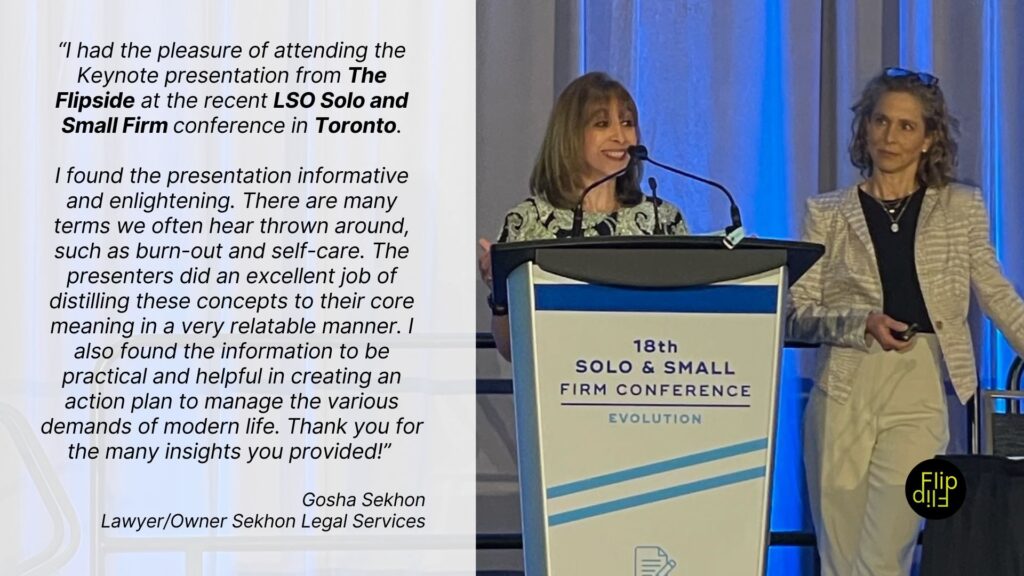Time
Are You Time-Poor?

Do you ever find yourself yearning for more hours in the day? Are you stretching your work hours into the night or weekends to keep up with your to-do list? If you’re constantly juggling too many tasks with too little time, you might be a victim of “time poverty.” In our fast-paced world, this issue has reached an all-time high, leaving many feeling overwhelmed and struggling to make the most of their time.
Let’s approach this problem from a different angle. Consider the idea that you should treat your time like you treat your money. Can you afford to spend time on activities that don’t align with your goals and values? Tim Ferriss and Jim Kwik suggest a unique solution: the “Not-To-Do” list. This list includes activities, habits, and tasks that are gobbling up your time and could be pruned from your schedule to yield extra minutes, hours, or even days.
The “Not-To-Do” List
While most of us are familiar with the traditional “To-Do” list, have you ever tried creating a “Not-To-Do” list? It’s a powerful shift that can help you gain some control of your time. For the next few weeks, pause the endless to-do items and experiment with maintaining a “Not-To-Do” list instead.
What is one thing you could eliminate from your daily routine today? For many, it may be the habitual act of reaching for their phone upon waking, succumbing to a midnight email, friends and family messages, and social media. As a result, we rush through the morning mindlessly once we notice time has flown by. I am one who struggles to not pick up my phone after turning off the alarm (not always successful) but am aware of how beneficial it is towards time optimization when I stay away from my device until after my morning routine.
The not-to-do list represents the deliberate choices you make not to spend your time on certain activities. Perhaps you are willingly saying yes to too many things or unconsciously consuming your time in hidden tasks, much like dropping pennies through holes in your pockets.
Aim to start small. Decide on one (or two) actions to eliminate from your daily routine and write them in the form of actionable statements. Here are five options you may opt for.
Option 1. Not-to check the phone first thing upon waking, and for at least 30 minutes.
Begin by protecting the first 30 minutes of your morning from digital distractions. Brain science reveals that the morning is your most creative time. Resist the urge to grab your phone as soon as you wake up; ask yourself whether you are using the phone as a tool or whether it’s using you. Technology is a tool that should serve your purposes, not control your life or your time.
By reaching for your phone upon waking, you train your brain to be distracted and reactive, robbing you of the chance to start your day proactively. As soon as you check your phone, you’re on the defensive, reacting to emails, texts, or social media posts (even if these reactions have the form of mental thoughts and rumination). Start your day with intention and protect your brain in the morning.
Do so by having a plan to replace the need for the phone (believe me, you will feel the void). Sketch out what your morning will look like and set a time when you are ready to pick up your phone.
Option 2. Not-to read emails constantly.
Avoid the urge to check your emails incessantly. Remember, emails often represent other people’s demands on your time. Much like you wouldn’t do your laundry for a single pair of socks, don’t check your emails every buzz, beep, or nudge.
This habit can be a massive time sink. Based on an analysis published by the Harvard Business Review on email management, professionals spend 28% of their workday on emails, amounting to two hours and 36 minutes. The study reveals that over-checking emails waste an additional 21 minutes daily. If you chose not to check your emails constantly, but within a schedule, you just found 20 extra minutes daily towards your time balance. If you respond to every email immediately, you may also find it difficult to focus on more meaningful and productive tasks.
To avoid email overuse, start by turning off all notifications from your devices (where you have email connected). Set aside specific times during the day to go through your inbox and respond to emails in one go, rather than constantly checking and replying to them throughout the day.
Option 3. Not-to look at Social Media before 3:00 PM.
Scrolling through social media is one of the greatest sources of distraction in adults. A study led by UC Irvine professor Gloria Mark PhD shows that it takes an average of 23 minutes and 15 seconds for the human brain to refocus after a distraction, or go back to the level of attention and concentration they left off when caught by a distraction. Ever wonder why your ability to focus is compromised? It is much like having too many open browser tabs, consuming both your memory and your ability to complete tasks effectively.
Paired with the fact that the first part of the day is usually the most productive and creative, why not avoid consuming social media before 3:00 PM? If you use social media for professional reasons, then look for a way to schedule your posts, and plan for some time during the afternoon to update your accounts. This strategy is more effective than trying to spontaneously resist mindlessly scrolling.
Option 4. Not-to worry during off-worry hours.
Worry is a significant time-sapper. To tackle this issue, inspect your to-do list (even if it’s scribbled on a napkin) and identify tasks that invade your thoughts, causing fear and anxiety. Also, consider those events, people and recurring thoughts that lead toward a worrying mindset. Set aside specific times on your agenda (every day or weekly) to address, assess, follow up or just ramble about these issues. It works to have worry time scheduled, otherwise, the brain will not let go of these thoughts until you have an answer.
You may have heard us refer to the Zeigarnik Effect, a behaviour that demonstrates that uncompleted tasks create tension, keeping them at the forefront of your mind until you complete or plan to complete them. If one or many things worry you, the way to avoid these thoughts from coming and going at their leisure to your mind, is to allocate specific times to address the concerns that are sapping your mental and physical energy. You will not be able to solve them or mark them as complete, but as soon as your brain knows that there is a clear time to manage these issues, it will let go (until that comes arrives, and you better be prepared to assess your worries, again).
Option 5. Not-to take my device to bed.
The time lost pushing back your sleep can be substantial. As sleep expert Matt Walker points out, humans are unique in their voluntary sleep deprivation. Consider this: adults in North America spend on average, three hours and 30 minutes on social media before bed every night. A significant portion of this time is devoted to watching videos on YouTube, as reported by 74% of respondents in a Sleep Foundation survey.
How many minutes per day are you “investing” every night? How many hours could you find per day if you decide to leave your phone outside your bedroom and TV off at sleep time? A plan of action is to work it out backwards. Set the ideal time you want to wake up. If that is 5:00 AM, then plug in your sleep hours. For me, that would be seven hours of sleep, which makes my sleep time 10:00 PM. If this is where I am spending meaningless currency (time), then I should aim to turn off my phone by 9 or 9:30 PM.
It is not going to be easy at first, but after a couple of weeks of full night sleep, and gaining one or two hours per day, it is the equivalent of receiving a bonus at the end of every week, plus the energy and better sleep.
Start today by choosing one item from this list and make it your “not-to-do” action. Chances are, you will find extra time and begin to reinvest it in your day. Time is your most precious resource—protect it wisely and work towards being time-rich.
Cheers,
Rosana





